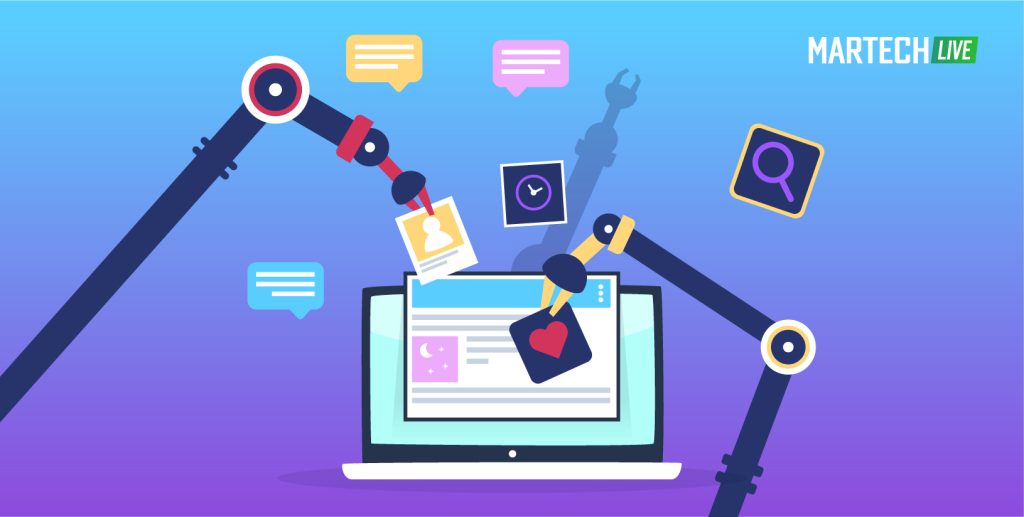The New Era of B2B Marketing
The B2B marketing landscape has undergone a radical transformation in recent years. Today’s B2B buyers are more informed, cautious, and digitally savvy than ever before. They don’t respond well to traditional cold calls or generic email blasts. Instead, they expect tailored content, value-driven messaging, and seamless experiences across platforms.
Enter Marketing Automation—the game-changer in B2B marketing strategy. By automating repetitive tasks, nurturing leads with personalized messaging, and tracking interactions in real time, marketing automation empowers teams to focus on strategy, creativity, and innovation while leaving the execution to powerful digital systems.
Why B2B Needs Marketing Automation More Than Ever
B2B sales cycles are long and complex. It can take weeks or even months of touchpoints before a prospect is ready to convert. Marketing automation helps bridge this gap by creating consistent and intelligent communication throughout the buyer journey.
Here’s how marketing automation benefits B2B companies:
- Lead Qualification with Behavioral Scoring
Automation platforms can assign scores to leads based on actions like email opens, website visits, content downloads, and demo requests. This helps teams focus on the most sales-ready prospects. - Targeted Drip Campaigns
Rather than sending one-size-fits-all emails, marketers can build automated email sequences that evolve based on where the prospect is in the sales funnel. - Shortened Sales Cycles
By continuously nurturing leads with relevant content and timely follow-ups, prospects move through the pipeline more efficiently—reducing delays and improving conversion rates. - Seamless Sales and Marketing Alignment
Automated systems ensure that hot leads are handed off to sales at exactly the right time, along with all the context they need.
With marketing automation, data isn’t just collected—it’s transformed into personalized, actionable insights that drive real business growth.
Five Essential B2B Marketing Automation Workflows
To maximize the value of marketing automation, B2B companies must build strategic workflows that align with their buyer journey. Here are five foundational workflows every B2B marketer should set up:
- Welcome Sequences
The moment someone downloads a whitepaper or signs up for a newsletter, an automated welcome series should kick in. Use this sequence to introduce your brand, deliver value, and guide the new lead toward further engagement. - Lead Scoring Automation
As mentioned earlier, not all leads are equal. A scoring system allows you to automatically prioritize those who are engaging most with your content—based on clicks, site behavior, and form submissions. - Re-engagement Campaigns
Not every lead is ready to buy immediately. But that doesn’t mean they’re lost. Set up automated re-engagement campaigns to reconnect with cold or inactive leads using special offers, new content, or updated solutions. - Post-Event or Webinar Follow-Ups
After someone attends your webinar or virtual event, follow up immediately. Send additional resources, ask for feedback, and invite them to a discovery call—all automatically. - Sales Alerts
Real-time notifications to sales reps when prospects perform high-intent actions—like viewing the pricing page or spending significant time on a product page—can help close deals faster.
These workflows aren’t just time-savers—they’re scalable engines for predictable revenue.
Best Tools for B2B Marketing Automation
The right platform can make or break your automation strategy. Here are four of the most popular tools for B2B marketing automation, each catering to different needs and business sizes:
| Tool | Best For |
| HubSpot | All-in-one inbound marketing for growing B2B teams |
| Marketo | Robust enterprise-level automation with deep customization |
| ActiveCampaign | Affordable and powerful automation for SMBs |
| Pardot (Salesforce) | CRM-native automation ideal for Salesforce users |
When choosing a tool, consider your team size, technical capabilities, current tech stack, and most importantly, how the platform integrates with your CRM and data sources.
Measuring ROI: What Success Looks Like
Marketing automation shouldn’t just make your life easier—it should make your bottom line stronger. To track performance and prove ROI, monitor these key metrics:
- Lead-to-Customer Conversion Rates
This shows how well your automation efforts are turning leads into paying customers. - Email Open & Click-Through Rates
Are your automated messages resonating? Track engagement levels to optimize subject lines, content, and CTAs. - Revenue Influenced by Marketing
Attribution tools in most platforms help you identify how much revenue is driven by automated campaigns. - Time and Resource Savings
Calculate how much manual labor is being replaced by automation, and how that translates into cost and productivity benefits.
The true power of marketing automation lies in its ability to scale what works—without burning out your team.
Final Thoughts: Marketing Automation Is No Longer Optional
In today’s competitive B2B environment, generating leads isn’t enough. You need to nurture, engage, and guide each prospect with precision. Marketing automation makes that possible—at scale.
If you’re still manually sending emails, tracking leads in spreadsheets, or struggling to keep your CRM updated, you’re falling behind. Your competitors are likely already leveraging marketing automation to enhance customer experience, shorten sales cycles, and boost ROI.
Make marketing automation a part of your growth playbook—not just as a tool, but as a strategic advantage. The sooner you invest in it, the sooner you’ll see your marketing engine running smoother, faster, and smarter.



